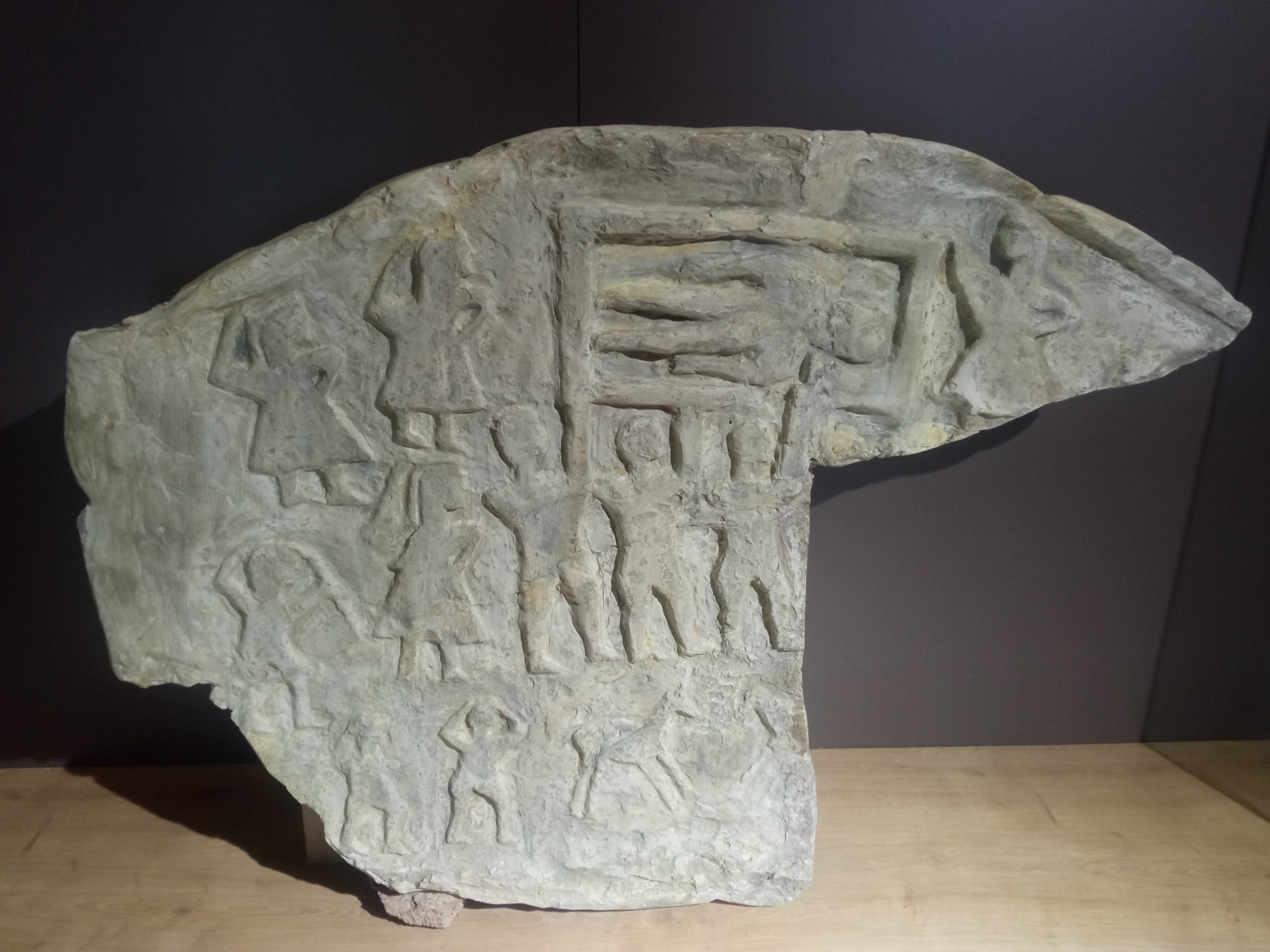During my recent visit to Pristina, Kosovo, I had the opportunity to visit the National Museum of Kosovo. One of the most captivating exhibits was a carved Dardanian relief dating back to the 5th – 4th century BC. This remarkable artifact depicted a funeral procession, providing a glimpse into the ancient customs and traditions of the region. However, what truly left me in awe were the stone figurines from over 6,000 years ago, representing the female deity of the Neolithic Vinča culture. These intricately crafted relics served as a poignant reminder of the rich and enduring heritage that Kosovo holds, offering a profound connection to the people who once inhabited this land.
About the Dardanians
Dardania, a land steeped in history and shrouded in the mists of time, occupies a storied place in the annals of Balkan heritage. Nestled in the heart of the Western Balkans, Dardania’s history dates back to antiquity, flourishing from around the 4th century BC to the 4th century AD. It is a tapestry woven with threads of ancient Illyrian, Roman, and Byzantine influences. This storied land witnessed the rise and fall of empires, the forging of cultures, and the endurance of its people through countless epochs. Today, Dardania’s legacy lives on in the rich cultural tapestry of the region, offering a glimpse into the enduring spirit of its history and the resilience of its inhabitants.
About Vinča culture
Flourishing between approximately 6,500 and 3,500 BC in the Balkans, this ancient civilization derives its name from the Vinča-Belo Brdo archaeological site in Serbia. What distinguishes the Vinča culture is its extraordinary pottery adorned with intricate and enigmatic symbols—a testament to their remarkable craftsmanship. These adept artisans, also skilled farmers and hunters, thrived in well-organized settlements along riverbanks. Their society boasted a complex social structure and hints of proto-writing that continue to baffle archaeologists, leaving gaps in our comprehension of this intriguing civilization.







